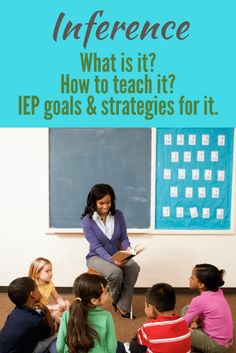Inferencing is a critical skill in both reading comprehension and daily life. It allows students to make predictions, understand characters, and draw conclusions by using clues in the text combined with their background knowledge. Teaching students how to infer can be challenging, but there are a variety of resources available to assist educators in this vital aspect of learning.
One of the key ways to teach inferencing is through the use of picture books. These are particularly effective for younger students who are just beginning to learn how to infer. Books such as “Tuesday” by David Wiesner and “The Mysteries of Harris Burdick” by Chris Van Allsburg are excellent due to their rich, detailed illustrations that provoke curiosity and predictions.
Graphic organizers can also be helpful in teaching inferencing. They provide a structured way for students to note down what they already know and what they can observe, helping them to connect the dots and come up with inferences based on this information. Examples include Venn diagrams for comparing and contrasting or a chart with columns labeled “What I See,” “What I Know,” and “What I Infer.”
Interactive read-alouds and think-alouds with teachers modeling the inference-making process are another practical approach. As teachers verbalize their thought process during reading, they highlight for students how inferences are drawn from text clues and background knowledge.
Online games and activities offer an engaging platform for practicing inferencing. Websites such as ReadWriteThink provide interactive tools and lesson plans tailored for teaching this skill. Additionally, there are various apps available that include engaging inference-based games designed for classroom use.
Worksheets with short passages followed by inference questions can aid in practice as well, though these should be used judiciously to ensure that students do not become passive learners who only make inferences when prompted by specific questions.
Real-life scenarios provide opportunities for students to practice inferencing in a relatable context. Educators can create simulations or use current events where students must use available information to infer what might happen next or why something occurred.
Professional development books such as “Strategies That Work” by Stephanie Harvey and Anne Goudvis offer educators theoretical background on comprehension strategies like inferencing along with practical activities to implement in the classroom.
In summary, inferencing teaching resources span from traditional literature and graphic organizers to interactive digital tools and real-life problem-solving tasks. By combining these resources, educators can create a dynamic learning environment where students can develop their inferential understanding alongside their comprehension abilities. Integrating these resources into various aspects of classroom activities will encourage ongoing engagement with this essential skill.





